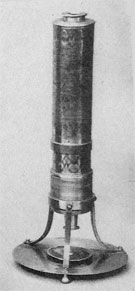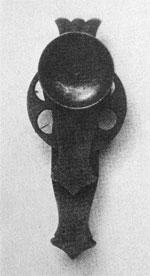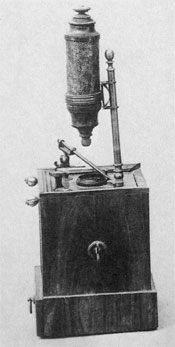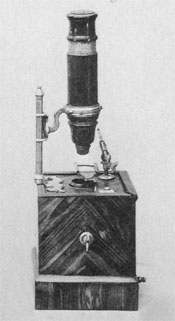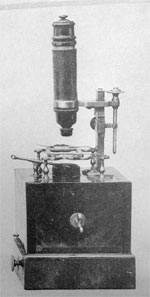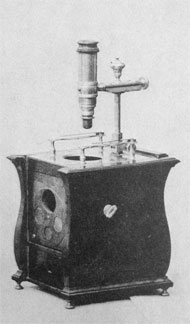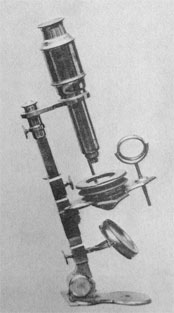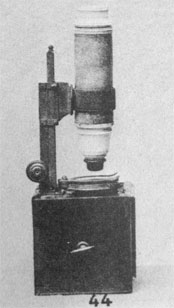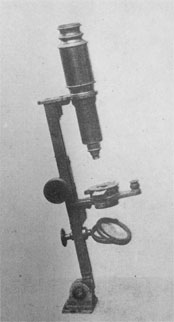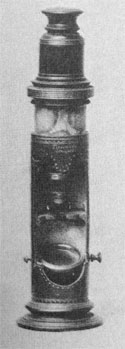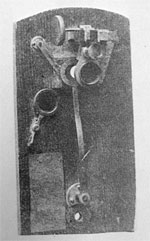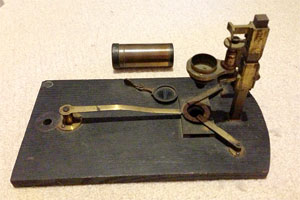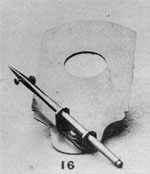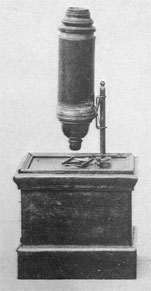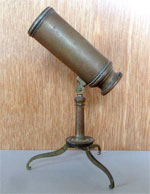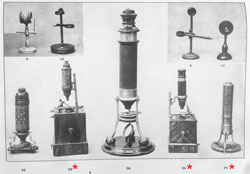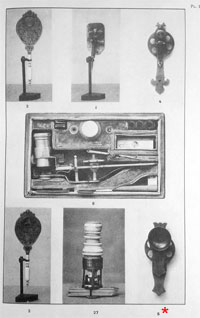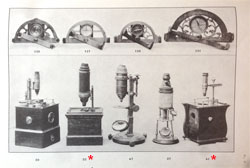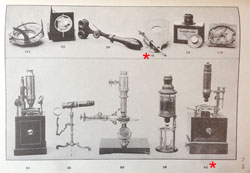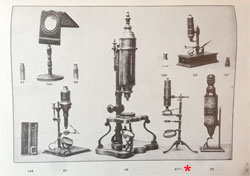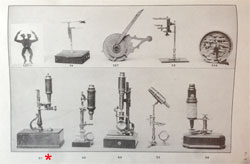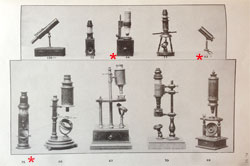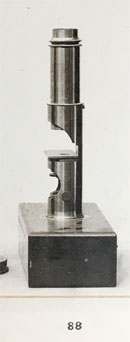Microscopes in The Golub Collection that were acquired from the personal Collection of Albert Nachet
Golub No. 124; Nachet No. 24
Golub No. 122; Nachet No. 5
Golub No. 126; Nachet No. 33
Golub No. 127; Nachet No. 34
Golub No. 129; Nachet No. 42
Golub No. 128; Nachet No. 41
Golub No. 131; Nachet No. 54
Golub No. 132; Nachet No. 61
Golub No. 130; Nachet No. 44
Golub No. 133; Nachet No. 74
Golub No. 134; Nachet No. 75
Golub No. 35; Nacnet No. 67
Golub No. 135; Nachet No. 84
Golub No. 136; Nachet No. 86
Golub No. 123; Nachet No. 16
Golub No. 125; Nachet No. 32
(loaned to TGC); Nachet No. 93
Plate III from the Nachet Catalog
Plate I from the Nachet Catalog
Plate IV from the Nachet Catalog
Plate VII from the Nachet Catalog
Plate VIII from the Nachet Catalog
Plate IX from the Nachet Catalog
Plate X from the Nachet Catalog
Plate XI from the Nachet Catalog
Plate XII from the Nachet Catalog
Plate XIII from the Nachet Catalog
"I had come to know Alain Brieux, and his wife, at his shop in Paris during the 1960's, having bought some things from him, having lunch with them, and communicatng via air mail on occasion. I was a customer, but had become a friend as well, being invited to their home in the outskirts of Paris one time. He had told me about the Nachet Collection, saying it was a "dead" collection, not being added to or really kept up and he indicated at one time that they might be selling it soon. Then, in 1971 he said he could offer me the entire Nachet Collection for a certain sum of money, which was a lot for me, but I couldn't resist it so I agreed to it. He forthwith had it packed up for shipment to me by air, but, as he explained later, Mr. Maurice Daumas, the head the Museum, put a hold on the shipment at the airport, saying it was a treasure of France. He then pulled out the instruments he wanted, the best ones, and left the rest to Brieux. That left me wondering what to do. I was mad, so turned down the entire remainder, but picking and choosing from among what was left. I wound up with 16 of the Nachet Collection, according to my present accounting. Why they sold it in 1971, I don't know, except that it probably was a nuisance to them and could use the money. But I have no facts about that."
Orville Golub, 2009. Communication to Jeroen Meeusen regarding the Nachet Collection
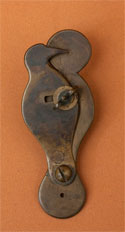
According to Nachet expert Jeroen Meeusen the following four microscopes in the Golub Collection also originated from the Nachet Collection: "You (SR) state that the four additional microscopes (Golub No. 138-141) offered by Brieux to Golub on July 21, 1971 do not originate from the Nachet collection, contrary to Brieux’ statements. I assume that you came to your conclusion by observing that these four microscopes are not listed in the 1929 Nachet catalogue. I don’t think you will blame me for correcting you on this point. You should not forget that it was the son of the true collector who put the 1929 catalogue together. It is evident that Albert Nachet was quite knowledgeable on the subject, but the collection was almost entirely put together by his father Alfred and the descriptions in the 1929 catalogue were largely based on information gathered by Alfred. In the mid 1880s, Alfred Nachet granted a student access to his collection. In 1886, this student published a thesis on the (medical) history of the microscope and reported that “Mr. Nachet was willing to put his peculiar collection to our disposal, and allowed us to draw different of its models.” (pg. 2). The thesis does indeed include a plate depicting historical microscopes and figure 1 depicts “a simple microscope by Stephen Gray “(pg. 10). It is evident that this is the very microscope offered for sale by Brieux to Golub, which would become No. 138 in Golub’s collection
Further proof of these four originating from the Nachet Collection comes from a letter writted by Alain Brieux to Orv Golub July 21, 1971 offering
"a few complementary treasures stemming from the Nachet Collection:
1) Small, simple microscope, end of the 17th Century, similar to the first system used by Leeuwenhoek. 11.5cm (No. 138)
2) Simple microscope made of decorated wood. Italy very beginning of the 18th Century. 11cm (No 139)
3) Compound microscope. France 18th Century, silvered 25cm (No 140)
4) Compound microscope. France 18th Century, with case black wood, numerous accessories, 45cm. (No 141)"
Golub No.137 ; Nachet No. 88






